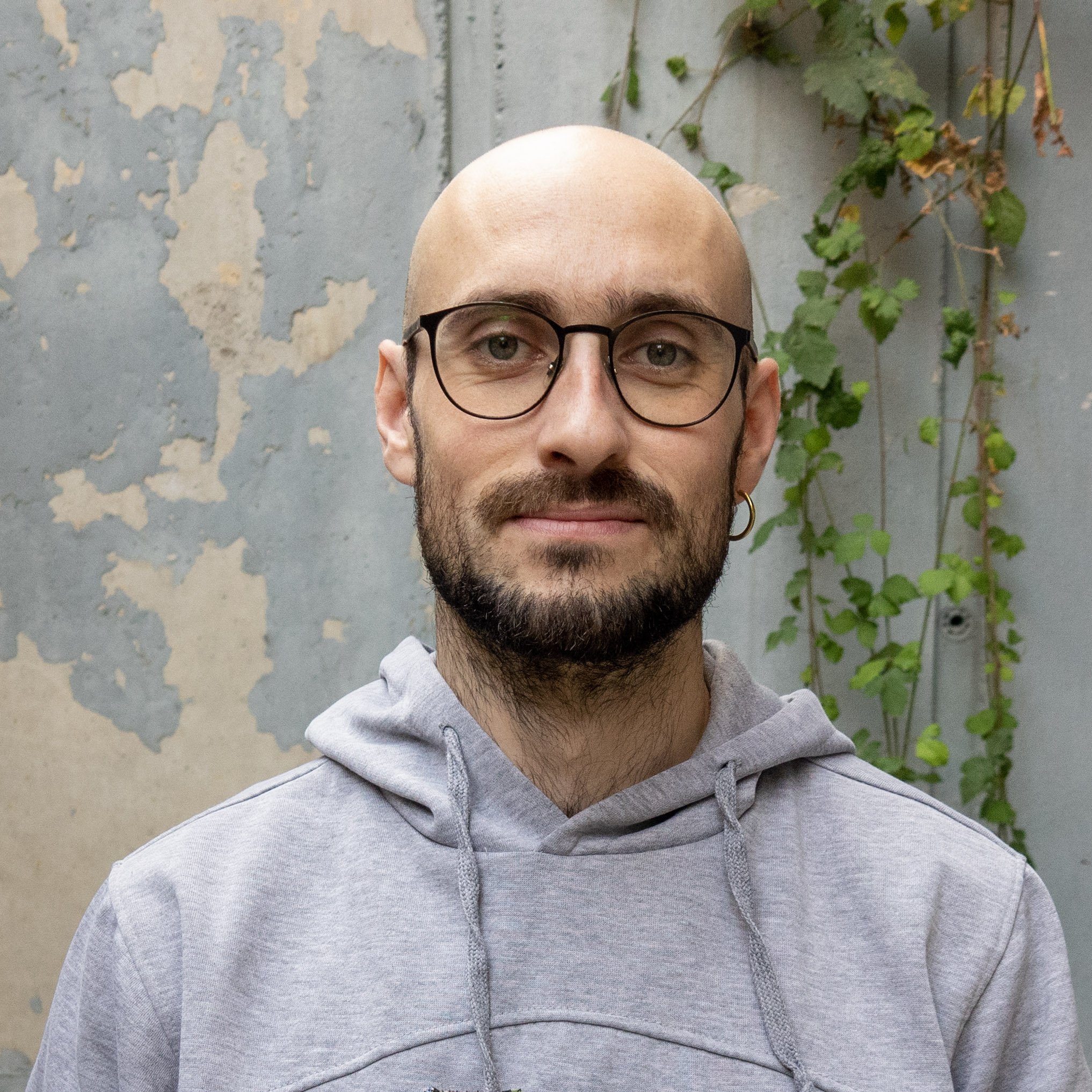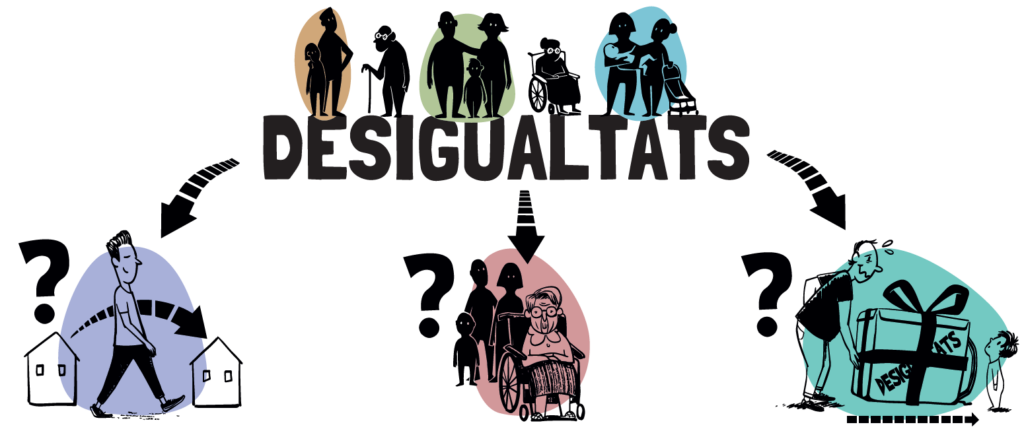Andrés F. Castro Torres
Investigador (Barcelona Supercomputing Center-BSC) vinculat al CED
Doctor en Demografia i Sociologia (University of Pennsylvania)
Interconnected inequalities and family life courses in Spain (INTERINEQ)
PROJECT SUMMARY:
As societies become more complex, new forms of inequality and discrimination emerge. In this scenario, not considering the interconnected forms of inequality limits the scope of scientific accounts on inequality and intergenerational transmission of disadvantages as most rely on predefined socioeconomic status categories. INTERINEQ aims to understand how intertwined dimensions of inequality, such as gender, education, and migration status, influence partnership dynamics, childbearing trajectories, and the intergenerational transmission of disadvantages among people residing in Spain at varying stages of life, from early to late adulthood. INTERINEQ uses nationally representative surveys, and birth records of the Spanish population to build data-driven configurations of inequality based on individuals’ characteristics and living circumstances. Uncovering existing configurations of inequality will allow us to see how broader social inequality emerges at the intersection of several forms of discrimination, exclusion, and intergenerational transmission of disadvantages. The INTERINEQ’s approach will serve two purposes. First, it will provide evidence-based recommendations to improve social support policies from a holistic perspective. Second, it will move the general discourse away from overly simplistic interpretations of inequality that often blame minorities and vulnerable groups.INTRODUCTORY VIDEO: THE INTERSECTIONAL APPROACH TO SOCIAL INEQUALITIES
FIRST RESEARCH ARTICLE
Transition to Adulthood and the Intergenerational Transmission of Disadvantages Among Young Adults in Spain:
Debates on how to measure interdependent forms of social inequality with quantitative data are still open. We contribute to this debate using information from the 2018 Spanish National Fertility Survey to study how transition to adulthood patterns are intertwined with the intersection of social categories of inequality, including family background, income levels, housing access, occupation, educational attainment, and place of birth. We supplement this analysis with a study of the intergenerational transmission of (dis)advantages focusing on how the intersection of social categories influences likelihood of experiencing negative birth outcomes and complications during delivery among first births from 2018 to 2020. We show that structural and intertwined constraints affect the Spanish population differently, and we describe the family and inequality processes that underlie divergent patterns of transition to adulthood. Read more hereSECOND RESEARCH ARTICLE
Unequal Family Contexts for Children and Adolescents in Spain:
The environment in which children and adolescents develop plays a crucial role in shaping their future development across various life domains. Current research on the connection between inequality and family context often relies on univariate statistical categories like household income, parents' educational attainment, ethnicity, or occupation. However, inequalities are not experienced as isolated categories but at the intersection of multiple social categories, including gender, place of origin, employment status, and living conditions. We propose a quantitative approach to intersectional theory to understand how interconnected forms of inequality impact the family and labour contexts of children and adolescents. We reconstruct the contexts in which children (n=13,718) from different social classes are raised by utilising the retrospective information of parents' partnership and labour trajectories (n=9,685) from the 2018 Spanish Fertility Survey. Our findings suggest that socially disadvantaged groups face higher exposure to unstable family and parental employment trajectories and that, instead of isolated factors, it is the interaction between various categories of social disadvantage that contributes to more turbulent childhood and adolescence experiences. Read more hereTHIRD RESEARCH ARTICLE
Immigrants’ modes of incorporation in Spain. A multivariate quantitative approach:
Analysing immigrants’ incorporation patterns into host countries is essential for understanding social inequalities in contemporary societies. In this regard, Spain is the second-largest recipient of immigrants in Europe, offering valuable insights into the relationship between migration and social inequality. Moving beyond univariate approaches to social stratification, this study assesses the interaction between categories of social privilege and disadvantage to examine immigrants’ living conditions in Spain. We provide a structural and multidimensional perspective on social cleavages, revealing segmented assimilation patterns related to housing, employment, and education, influenced by age, origin, and social class. This comprehensive analysis offers a deeper understanding of how various social categories shape immigrant integration experiences.Project closed:
The INTERINEQ project concluded on January 15, 2025. All analyses and outcomes are fully reproducible and openly available in the repositories listed below:
- Transition to adulthood and the intergenerational transmission of disadvantages among young adults in Spain:
- Unequal Family Contexts for Children and Adolescents in Spain:
- Immigrants’ modes of incorporation in Spain. A multivariate quantitative approach:
TEAM

Mariona Lozano Riera
Investigadora Ramón y Cajal
Doctora en Sociologia (Universitat Autònoma de Barcelona)

Carlos Ruiz Ramos
Investigador en Formació (CED/UAB)
Graduat en Economia (Universitat Pompeu Fabra)


